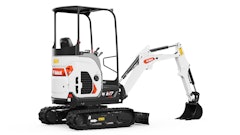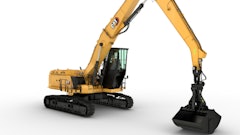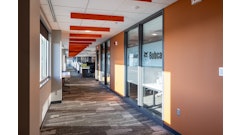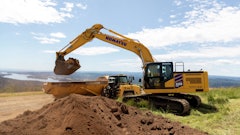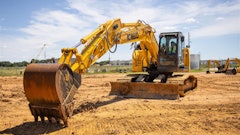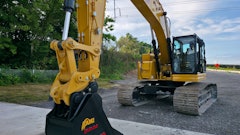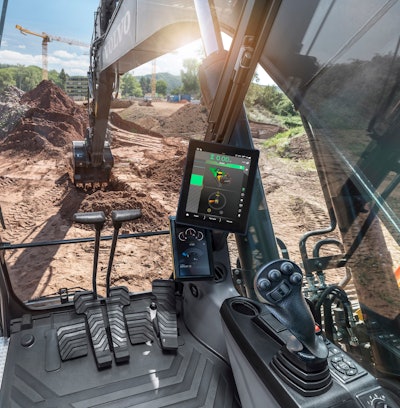
In today’s heavy equipment industry, the design of excavator cabs and the technology inside them are just as important as the power and efficiency of the overall machine. For operators who spend long hours each day on the job, cab comfort and functionality are critical to maintaining their productivity while reducing fatigue. Owners and fleet managers also understand the value of well-designed cabs and advanced technology because they help minimize costs like unnecessary rework, maintenance and downtime.
As the heavy equipment industry evolves, cab design has moved far beyond basic functionality to incorporate advanced features that enhance the operator experience, improve safety and streamline overall efficiency. These innovations reflect a growing recognition that operator well-being influences jobsite productivity and profitability.
Why Cab Design Matters
Excavator operators often face long, physically demanding workdays — their cab serves as their “office” for hours on end. A poorly-designed cab can lead to discomfort and fatigue, negatively impacting productivity and increasing the likelihood of mistakes. Ergonomic designs, improved visibility and intuitive controls help keep them focused while reducing physical strain, making these features crucial considerations when selecting a machine.
For example, multiple forms of climate control, adjustable seating and logically placed controls are seen as vital to the operator's ability to work efficiently for extended periods of time.
As cabs become more tech-enabled, machine control systems with real-time data displays contribute to a higher degree of accuracy and a reduction in expensive rework.
With the ongoing skilled labor shortage, managers are looking for ways to keep their current employees happy and returning to work each day. A machine that doesn’t make them feel beat up at the end of the day is a great place to start.
Tackling Challenges With Smart Cab Design
To be their most productive, an operator should be comfortable and not feel physical strain caused by the layout of the controls and dashboard.
However, modern cabs are expected to do more than provide comfort. Another common challenge is poor visibility, which is a safety hazard. Equipment manufacturers are addressing this concern by integrating camera systems that provide a broader view of the jobsite, allowing operators to better monitor their surroundings to avoid blind spots and reduce accidents.
While staying connected on the job is another necessity, that connectivity should be convenient and distraction-free. For example, some cabs now offer wireless phone charging and Bluetooth capability for hands-free communication. They also integrate additional comforts like built-in hot/cold storage and more compartments for personal items, so operators can access their essentials without unnecessary clutter or distractions.
Temperature control also plays a vital role in keeping operators productive, especially during extreme weather conditions. Cabs should be equipped with features like front and side window shades to help regulate cabin temperature during the hotter summers. Seats also can feature heating and cooling elements — because a long day only feels longer when the temps are tough to handle.
Role of Technology in Efficiency and Cost Management
With comfort and safety addressed, owners and fleet managers may wonder how the newest cab technology can contribute to more efficient operations. The top original equipment manufacturers (OEMs) tend to have assistive software on touchscreen tablets for things like on-board weighing and in-field design. Current models also improve user experience with larger, hi-res screens, as well.
Another feature that is becoming more common on in-cab devices is the ability to automate boom and bucket movements. Combined with real-time data and diagnostics from the cab’s control systems can reduce rework costs and avoid downtime.
A smart hydraulic system that automatically adjusts power based on the task at hand will also go a long way in optimizing fuel efficiency and extending the life of the machine while reducing operating costs.
Another technological perk found in more and more cabs is a selection of work modes. These are predetermined settings that operators can choose based on the task and material at hand. OEMs also are expanding upon these modes in their new excavators. Not only does this help operators find the right power for the job and dig in, but it helps save on fuel and emissions too.
Another addition for excavators is an auto power boost, which automatically provides more power for additional digging force and lifting capacity. In addition to the ability to adjust this manually, predefined conditions can be set up to allow this function to kick in automatically and turn off after several seconds.
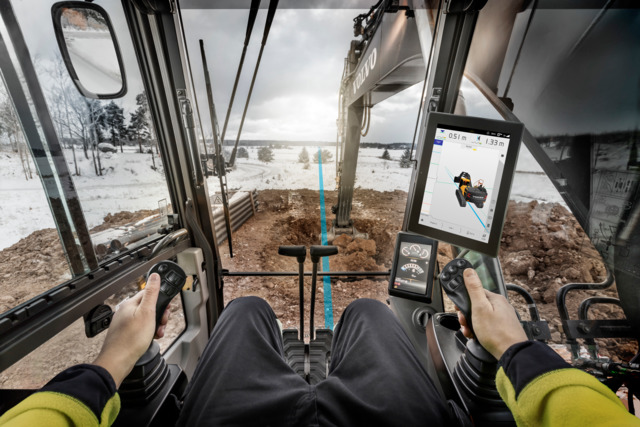 Figure 2: Volvo’s Dig Assist, for example, provides an improved user experience in the newest models thanks to a larger, higher-resolution screen.Volvo Construction Equipment
Figure 2: Volvo’s Dig Assist, for example, provides an improved user experience in the newest models thanks to a larger, higher-resolution screen.Volvo Construction Equipment
Performance in the Right Cab
The modern excavator cab has come a long way from being a simple operator station. Today, it serves as a critical component to improve productivity, enhance safety and reduce operating costs. As equipment manufacturers continue innovating, it’s clear a well-designed cab can make all the difference in the operator’s day — and a good day for your operators can mean a great day for your bottom line.
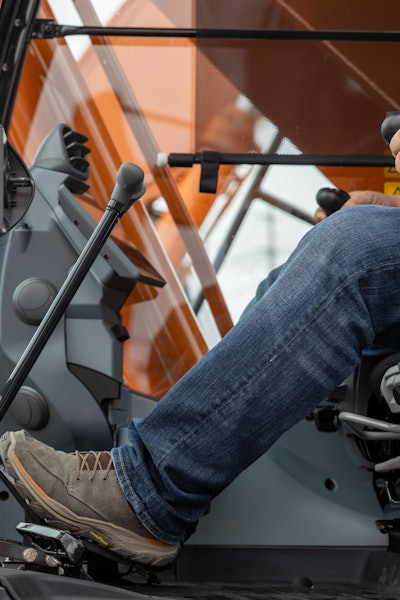

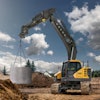

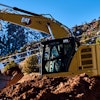
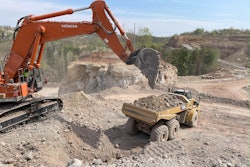
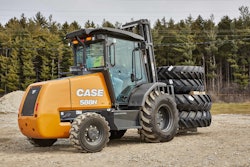


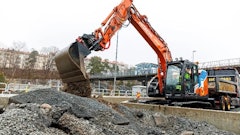



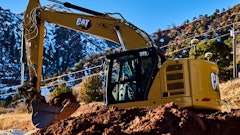
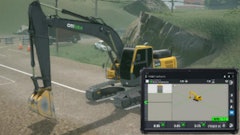
![Hcm Ax Landcros Dual Branded Logo[25]](https://img.forconstructionpros.com/mindful/acbm/workspaces/default/uploads/2025/11/hcmaxlandcros-dual-branded-logo25.Qhg3vUCjoK.jpg?ar=16%3A9&auto=format%2Ccompress&bg=fff&fill-color=fff&fit=fill&h=135&q=70&w=240)
